Lisbon captivates visitors with its sun-washed colors, soulful music, and layers of history spanning Roman ruins to Moorish influences. Portugal’s capital balances old-world charm with modern creativity, all set across seven hillsides overlooking the Tagus River. A long weekend provides just enough time to sample the city’s essential experiences without feeling rushed.
Here’s a list of 20 ways to maximize your time in this enchanting European capital when you have three or four days to explore.
Base Yourself Centrally

Choose accommodations in walkable neighborhoods like Baixa, Chiado, or Alfama to minimize transit time between sights. Staying central saves precious hours otherwise spent commuting and lets you easily pop back to your room during midday heat.
These districts put you within walking distance of major attractions, countless restaurants, and transport connections that make exploring more distant areas simpler.
Master the Public Transport System

Purchase a reusable Viva Viagem card immediately upon arrival and load it with a day pass or zapping credit (pay-as-you-go). This single card works across Lisbon’s efficient network of metros, trams, funiculars, elevators, and buses.
The historic Tram 28 route provides scenic transportation through multiple districts, doubling as both practical transport and tourist experience as it navigates narrow streets where regular buses can’t fit.
Like Travel Pug’s content? Follow us on MSN.
Rise Early for Alfama Exploration
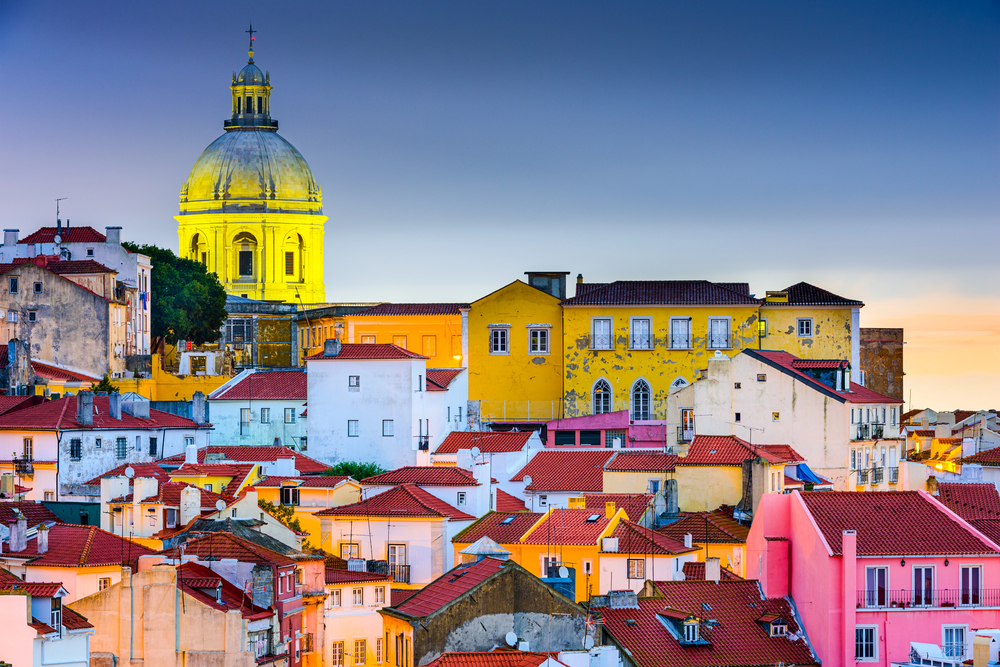
Beat the crowds by entering Alfama’s labyrinthine streets soon after sunrise. This oldest district transforms completely depending on the time of day—mornings offer peaceful wandering through narrow passages and tiny squares before tour groups arrive.
Early hours reveal residents hanging laundry from wrought-iron balconies, shopkeepers setting up for the day, and unobstructed views from stunning miradouros (viewpoints) like Portas do Sol and Santa Luzia.
Sample Pastéis de Nata Strategically

Skip the tourist lines at Belém’s famous Pastéis de Belém and instead discover excellent custard tarts at neighborhood pastelarias throughout the city. Manteigaria in Chiado, Aloma in Campo de Ourique, or Nata Lisboa offer equally delicious versions without hour-long waits.
Better yet, compare several throughout your stay to form your own opinion about which bakery truly deserves the title of Lisbon’s best custard tart.
Ride the Santa Justa Elevator One-Way

Avoid wasting precious time in the notorious queue for the Neo-Gothic Santa Justa Elevator by using a smart hack: access the upper platform from Carmo Square behind the structure. You’ll enjoy the same spectacular views without the wait, then ride the elevator downward when lines are typically shorter.
This 19th-century engineering marvel provides context for how Lisboetas historically navigated their hilly city before modern transportation.
Like Travel Pug’s content? Follow us on MSN.
Explore Beyond the City Center
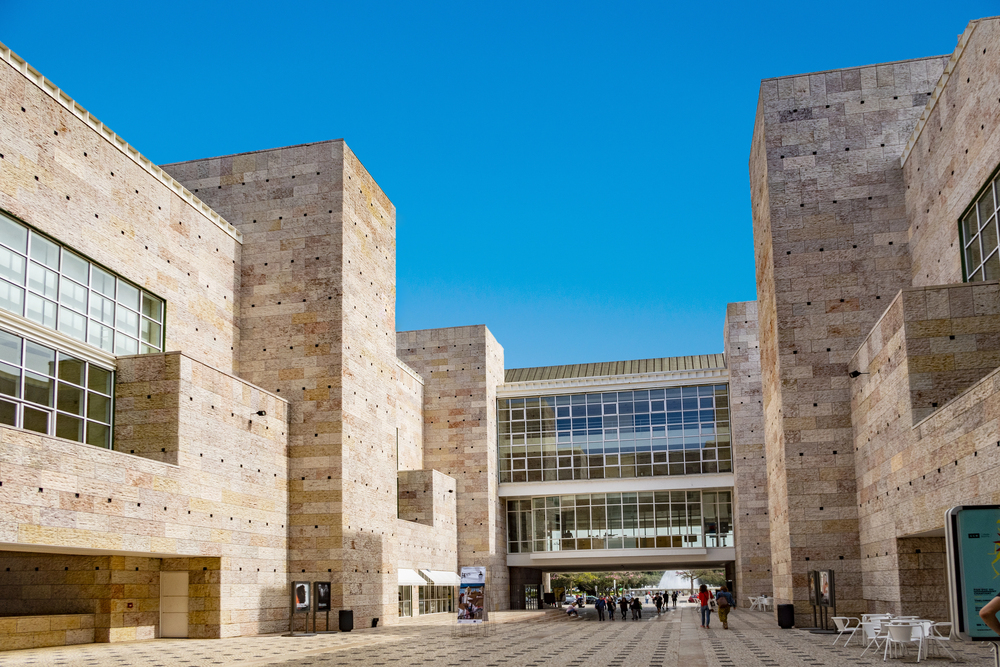
Dedicate at least half a day to exploring Belém, located a quick tram ride west of downtown. This riverside district houses several must-see monuments, including the ornate Jerónimos Monastery, the iconic Tower of Belém, and the modern Cultural Center.
The concentration of significant sights in this single area makes efficient use of limited time while providing essential context for Portugal’s Age of Discoveries.
Embrace Lunch as the Main Meal

Adjust your dining schedule to match local customs by making lunch your largest meal. Many restaurants offer exceptional value with a prix-fixe menu and do dia specials (daily menus) available only during lunch hours.
You’ll enjoy the same quality cooking as dinner service at significantly lower prices while avoiding evening crowds. This schedule shift also allows for lighter evening meals at popular tascas that don’t accept reservations.
Visit LX Factory on Sunday
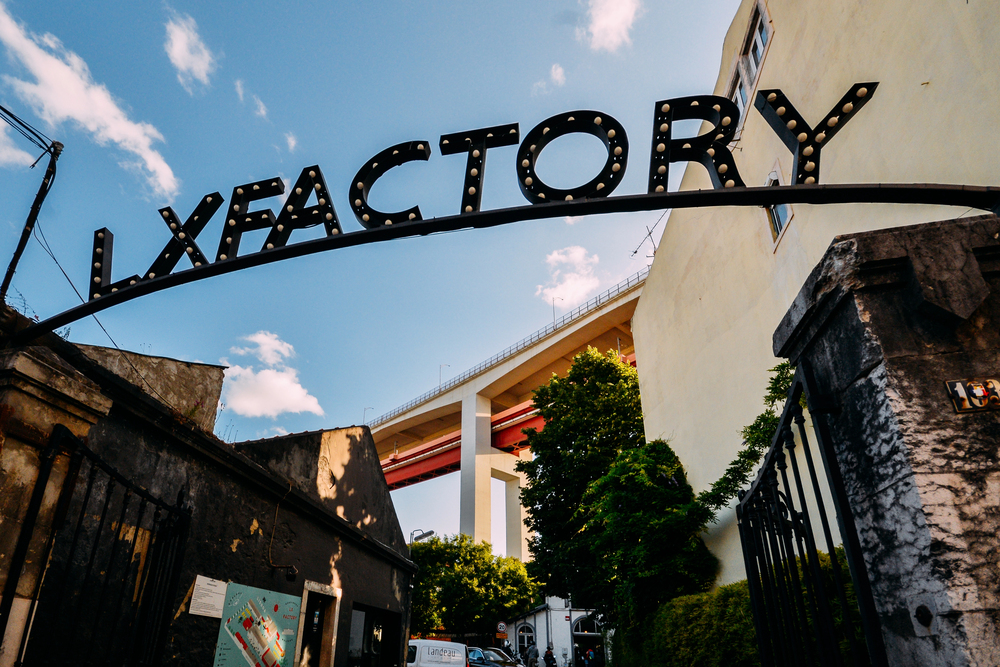
Dedicate Sunday morning to exploring LX Factory, a revitalized industrial complex beneath the 25 de Abril Bridge. This creative hub houses design shops, concept stores, and restaurants inside former factory buildings.
Sunday brings additional market vendors and a peak atmosphere when locals browse unique items across art, fashion, and Portuguese design. The complex offers a window into contemporary Lisbon culture beyond historic attractions.
Like Travel Pug’s content? Follow us on MSN.
Book a Sunset Sailboat Cruise
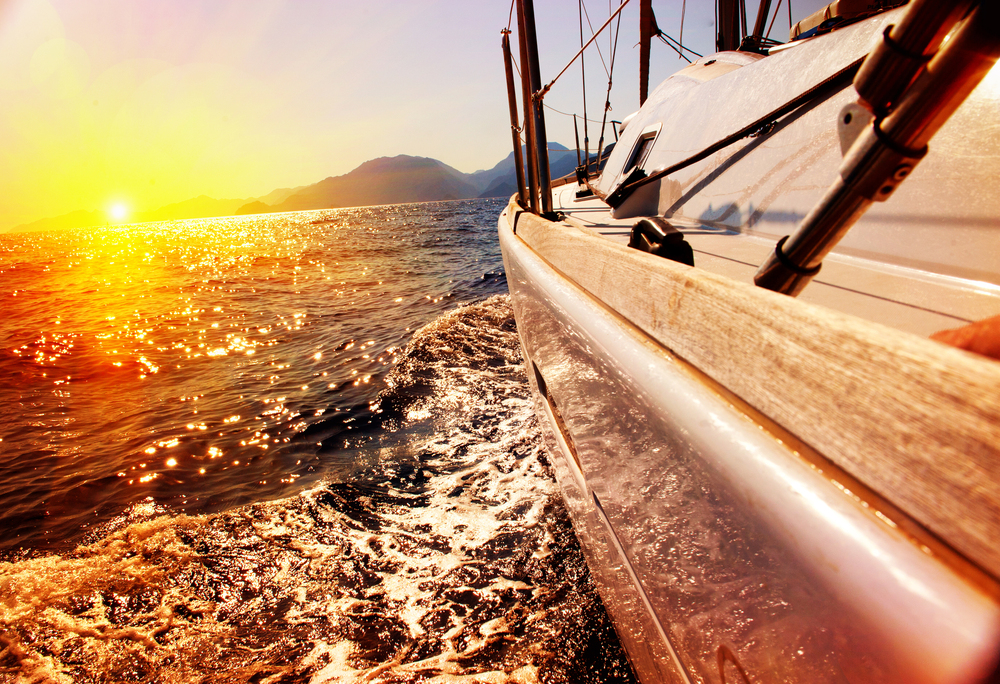
See Lisbon from its defining feature—the water—by booking a small-group Tagus River cruise timed for sunset. The golden hour transforms the city’s colorful buildings into a photographer’s dream while providing unique vantage points of landmarks like Praça do Comércio and the 25 de Abril Bridge.
Most two-hour cruises include wine and snacks and offer welcome relief from a day of walking the city’s demanding hills.
Discover Neighborhood Food Markets
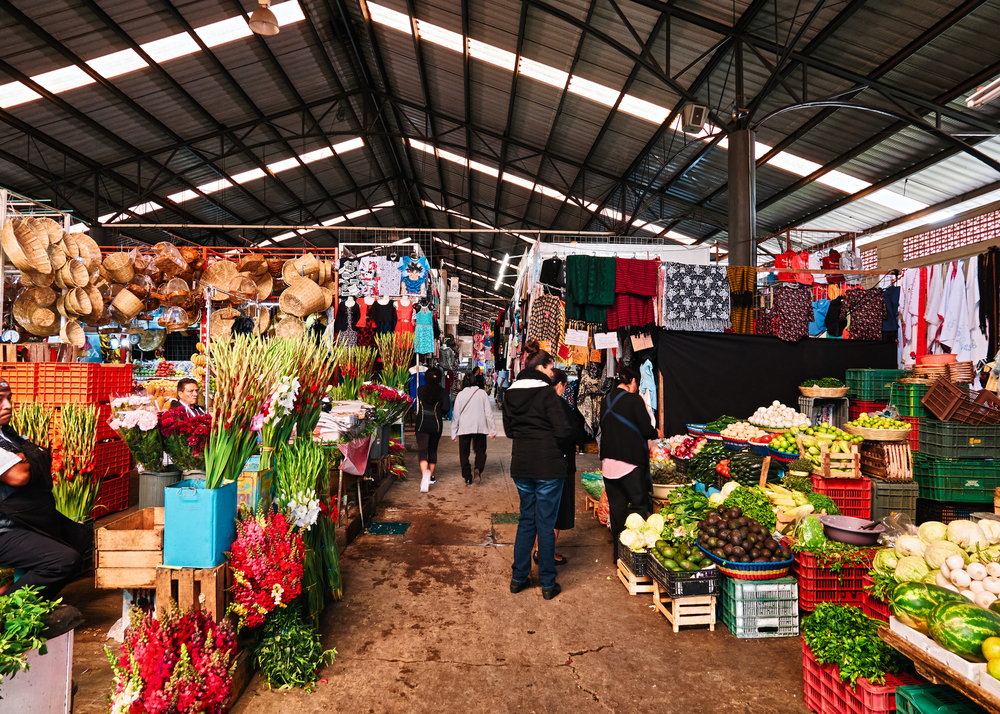
Experience daily Portuguese life at Mercado da Ribeira (TimeOut Market), where the city’s top chefs operate accessible food stalls alongside traditional vendors. For a less touristy alternative, visit the recently renovated Mercado de Campo de Ourique, where locals shop for fresh ingredients and gather for casual meals.
These markets provide one-stop culinary exploration where you can sample multiple Portuguese specialties in a single visit.
Use Miradouros for Strategic Breaks

Plan your sightseeing route to incorporate Lisbon’s scenic viewpoints as rest stops throughout the day. São Pedro de Alcântara in Bairro Alto, Nossa Senhora do Monte in Graça, and the Miradouro de Santa Catarina each offer panoramic city views with comfortable seating, shade, and often kiosks selling refreshments.
These natural break points provide both spectacular photo opportunities and necessary recovery from Lisbon’s challenging topography.
Like Travel Pug’s content? Follow us on MSN.
Dedicate an Evening to Fado

Reserve one evening to experience fado, Portugal’s soulful traditional music, in its authentic setting. Skip tourist-oriented fado houses in favor of traditional spots in Alfama or Mouraria, where locals perform.
Venues like Tasca do Chico don’t take reservations, so arrive early (around 8 PM) and be prepared to wait with a glass of Portuguese wine. This cultural experience provides an emotional connection to the city beyond sightseeing.
Visit Major Sites at Strategic Times
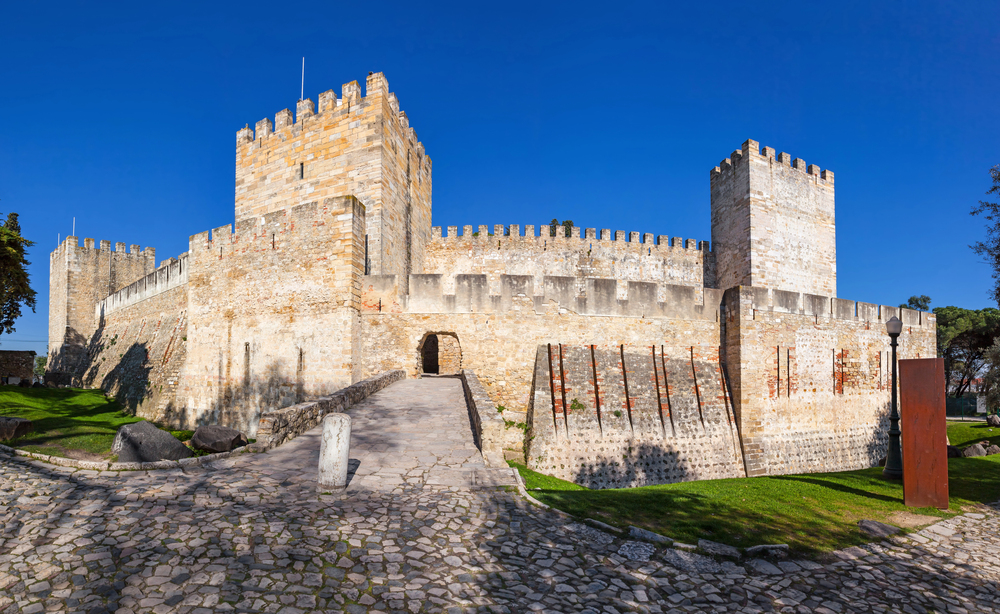
Schedule Castelo de São Jorge (St. George’s Castle) either first thing in the morning or late afternoon to avoid midday crowds and heat. Similarly, visit popular attractions like the Sé Cathedral and Carmo Convent during their typical lunch periods (1-3 PM) when tour groups disperse.
These timing adjustments allow you to experience important sites with more breathing room and better photo opportunities.
Dedicate Shopping Time Strategically

Concentrate shopping activities in specific neighborhoods known for particular specialties. Baixa offers traditional Portuguese goods like ceramic tiles, cork products, and tinned fish in historic shops. Príncipe Real features independent designer boutiques perfect for unique clothing and home goods.
This targeted approach prevents shopping from consuming too much sightseeing time while ensuring you discover authentic Portuguese products.
Like Travel Pug’s content? Follow us on MSN.
Experience Modern Lisbon in Parque das Nações
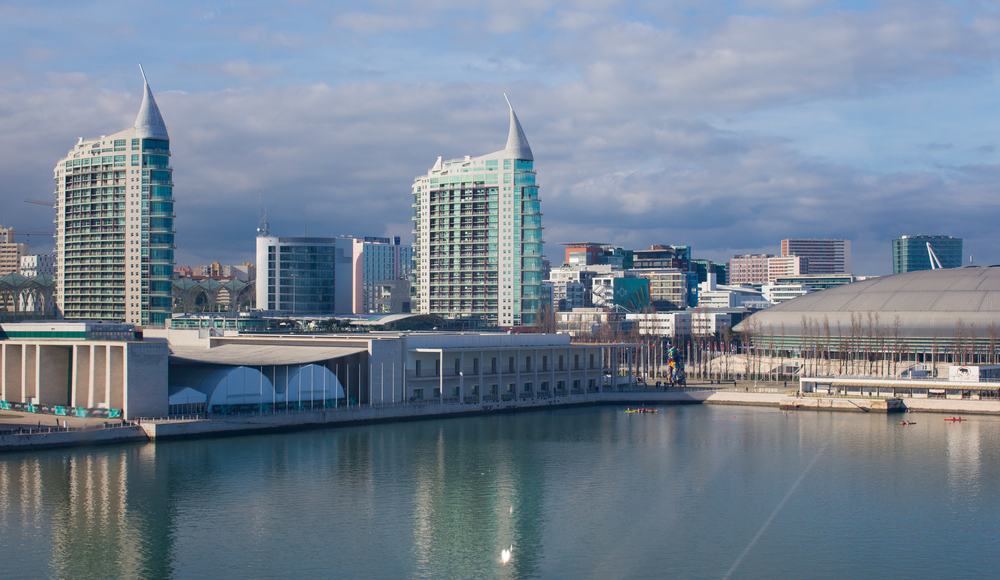
Balance historical sightseeing with a glimpse of contemporary Lisbon in Parque das Nações, the completely modernized district developed for Expo ’98. The futuristic architecture, Portugal’s largest indoor aquarium, and waterfront promenade provide a striking contrast to the city’s ancient quarters.
Reaching this area takes just 15 minutes via metro, offering efficient use of limited time while providing perspective on Lisbon’s evolution.
Take a Half-Day Trip to Sintra
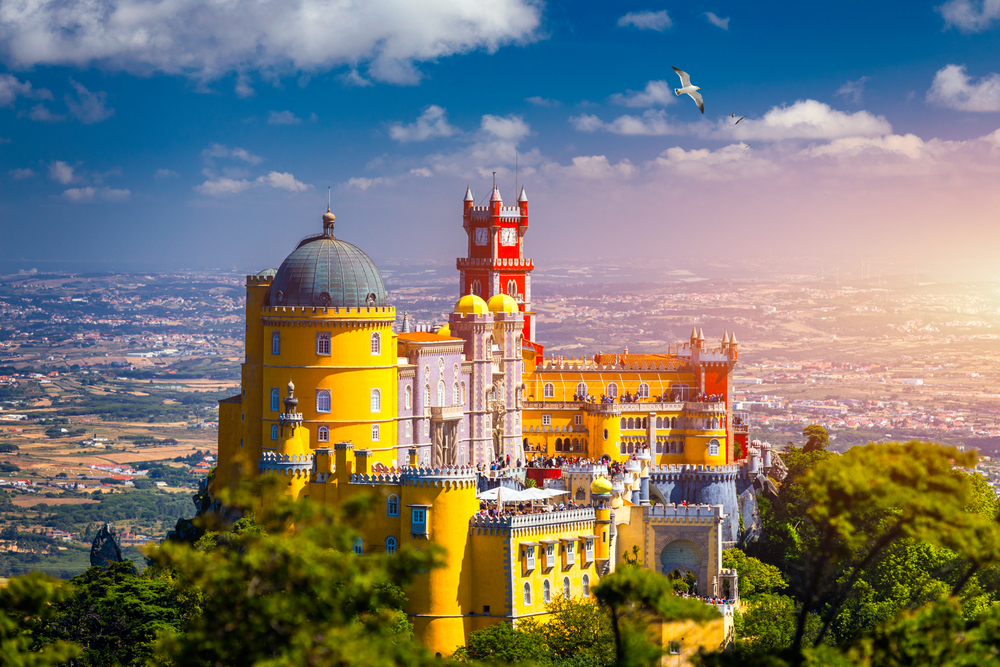
Rise early for a half-day excursion to Sintra, the mystical town 40 minutes from Lisbon by train. Rather than attempting to see all of Sintra’s palaces (impossible in half a day), focus on either the colorful Pena Palace or the mysterious Quinta da Regaleira estate.
This selective approach allows you to experience Sintra’s magic without sacrificing too much Lisbon time, returning to the city by late afternoon.
Navigate Meal Times Like a Local

Adjust your dining expectations to align with Portuguese schedules. Dinner rarely begins before 8 PM, and key restaurants require reservations made days in advance. Plan lighter late afternoon snacks to bridge the gap between lunch and dinner.
Alternatively, explore Lisbon’s growing collection of food halls, where multiple dining options remain available throughout the day without strict meal times.
Like Travel Pug’s content? Follow us on MSN.
Allow Unstructured Wandering Time
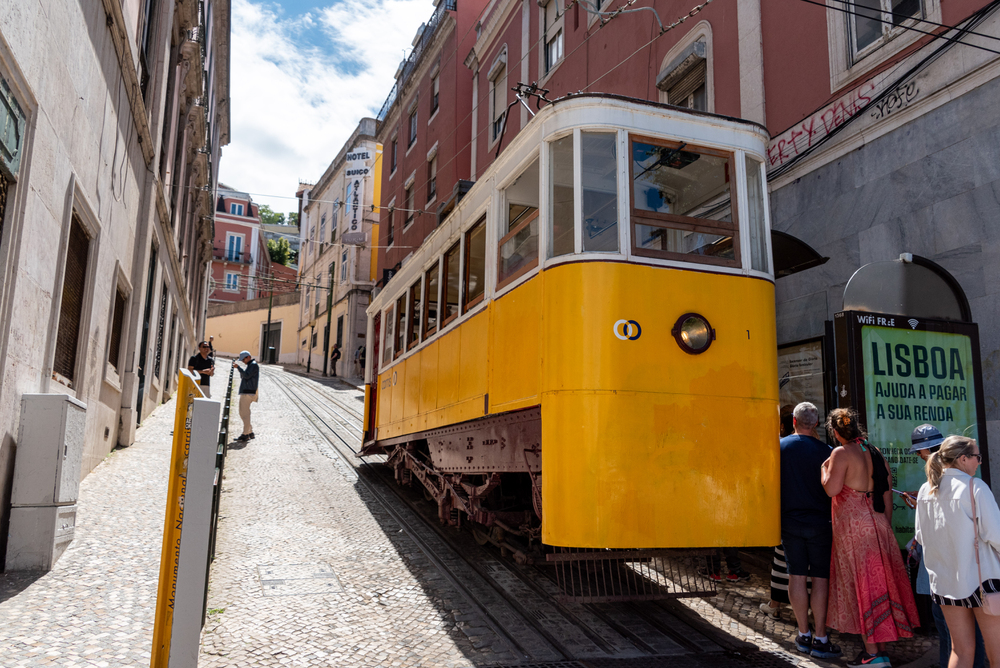
Reserve several two-hour blocks for unplanned exploration. Lisbon rewards spontaneity—whether discovering a hidden miradouro, stumbling upon a local festival, or finding a tiny family-run Tasca serving the best-grilled sardines.
These unscheduled periods often become the most memorable parts of a visit, allowing authentic connections with the city beyond checklist sightseeing.
Leverage the Lisboa Card Selectively

Calculate whether the Lisboa Card makes financial sense for your specific itinerary before purchasing. While it offers free public transport and museum entry, its value depends entirely on which attractions you’ll visit.
Many travelers find it worthwhile for 48-hour periods that include trips to Belém and Sintra’s national palaces. This strategic approach to city passes prevents spending on inclusive tickets you won’t fully utilize.
Schedule a Final Viewpoint Farewell

End your Lisbon sojourn with sunset at a panoramic viewpoint like the Miradouro da Graça or Miradouro da Senhora do Monte. These elevated perches provide perfect vantage points to mentally map everywhere you’ve explored while appreciating Lisbon’s distinctive light that has attracted artists for centuries.
This reflective closure solidifies memories while highlighting neighborhoods you might explore on your inevitable return visit.
Like Travel Pug’s content? Follow us on MSN.
Beyond the Guidebook
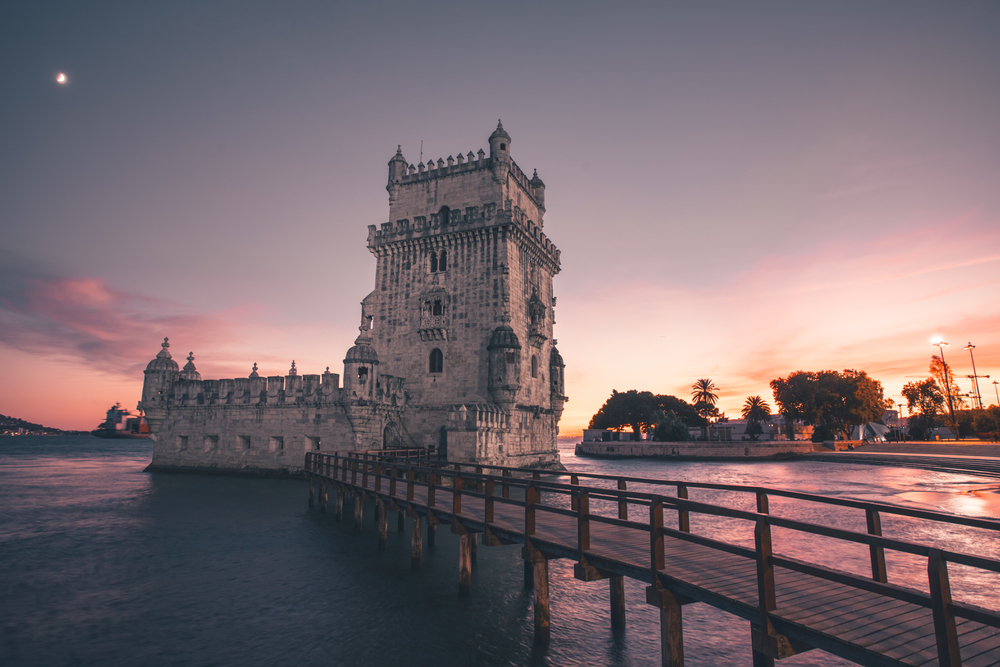
Lisbon rewards visitors who balance efficiency with spontaneity. The city’s manageable size makes a long weekend surprisingly satisfying, though you’ll inevitably leave with places still unexplored.
By strategically organizing your days around geographic areas while building in flexibility, you’ll experience both the iconic highlights and hidden corners that make Portugal’s capital one of Europe’s most beloved destinations.
More from Travel Pug

- Cities Growing so Fast You Won’t Recognize Them in 10 Years
- 13 Destinations Where Tourists Regularly Regret Their Trip
- 20 Obscure WWII Sites Even History Buffs Don’t Know About
- 10 Under-the-Radar Mountain Towns That Are Both Affordable and Beautiful
- Remote Villages in Europe Where You Can Live for Free in Exchange for Work
Like Travel Pug’s content? Follow us on MSN.
